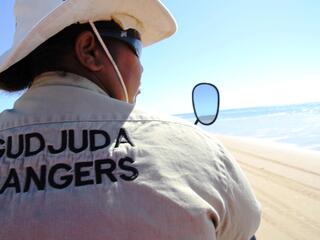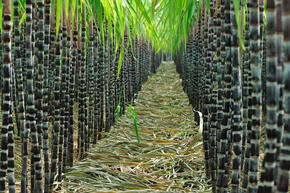As economies around the world boom, a key question is how to balance conservation with growth. Without balance, the natural resources—forests, oceans, wildlife and more—we rely on for such things as food and jobs can suffer.
How, for example, can we guide decisions about where to build new roads so they don’t cut through forests that are prime tiger habitat? How can we convince developers not to cut down mangroves when they build a seaside resort—as doing so will make people along the coast highly vulnerable to storms and will damage fish nurseries?
And how can these questions be answered now so that the continued overexploitation of nature is lessened?
One way is to take stock of the natural resources in a country or region, as well as the benefits (or “ecosystem services”) they provide to people before decisions are made about their fate. Doing so uncovers ways to restore and protect nature more effectively and at a larger scale than ever before—even while allowing economies to grow.
Stock-taking can include assessing and mapping the contribution—under different development and climate change scenarios—rivers and forests play in providing clean water for drinking, bathing, farming, and other household needs. Or asking where mangroves provide vital natural barriers that help buffer coastal communities when major storms hit.
These are important concerns for developing world countries and even for the developed world, as Californians stressed by a cycle of drought, fires, and floods know all too well. They are also important to address because natural resources, when managed to accommodate change and not just for persistence, help build a country’s resilience to the disruptive impacts of climate change. As more intense heat waves, droughts, and storms affect forests, rivers, and streams, the way we manage these resources must change if we are to continue to benefit from the services they provide to people, wildlife, and businesses.

 Sustainability Works
Join WWF at GreenBiz23
Sustainability Works
Join WWF at GreenBiz23









 Robin Naidoo
Senior Conservation Scientist and Lead Wildlife Scientist
Robin Naidoo
Senior Conservation Scientist and Lead Wildlife Scientist
 Ryan Bartlett
Director, Climate Risk Management & Resilience
Ryan Bartlett
Director, Climate Risk Management & Resilience
 Kate Newman
Vice President, Sustainable Infrastructure and Public Sector Initiatives
Kate Newman
Vice President, Sustainable Infrastructure and Public Sector Initiatives
 Michele Thieme
Deputy Director, Freshwater
Michele Thieme
Deputy Director, Freshwater
 Lloyd Gamble
Director, Forests and Climate
Lloyd Gamble
Director, Forests and Climate
 Shaun Martin
Vice President and Deputy, Climate Change
Shaun Martin
Vice President and Deputy, Climate Change